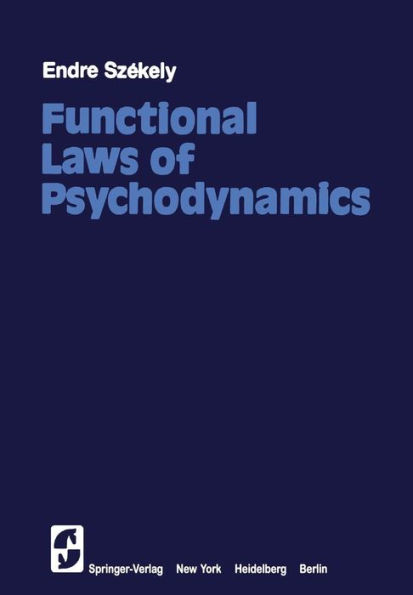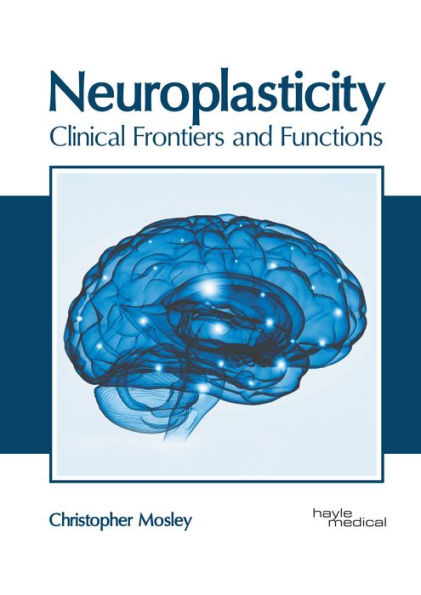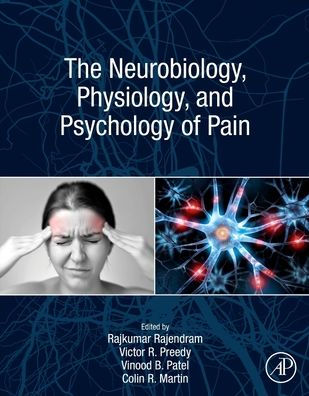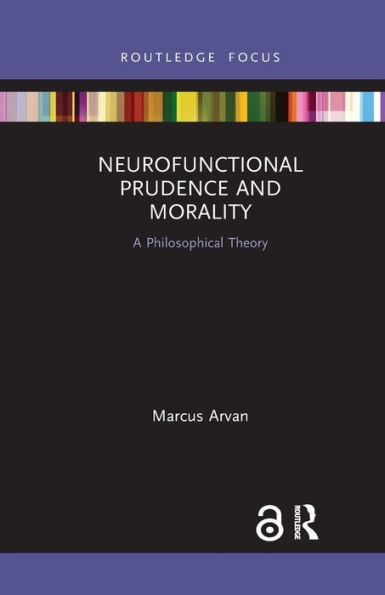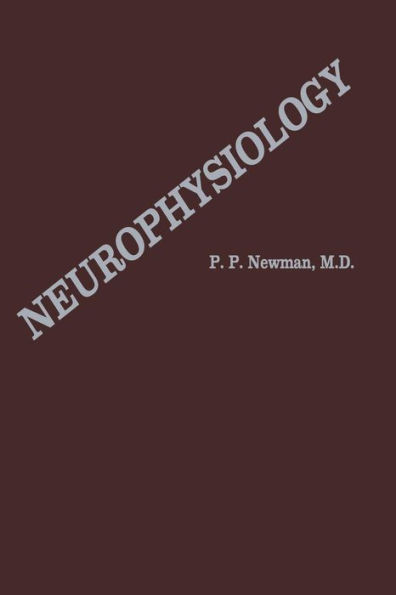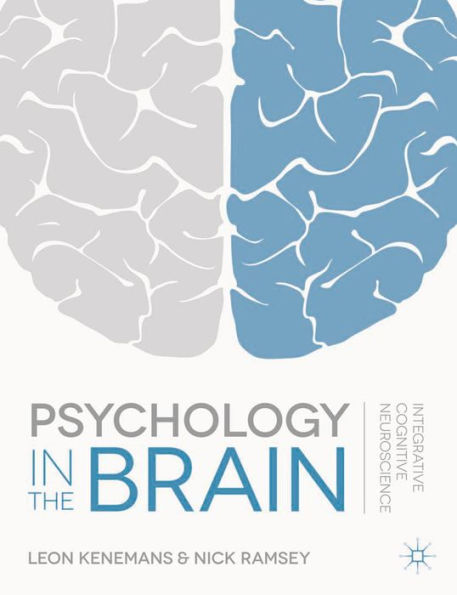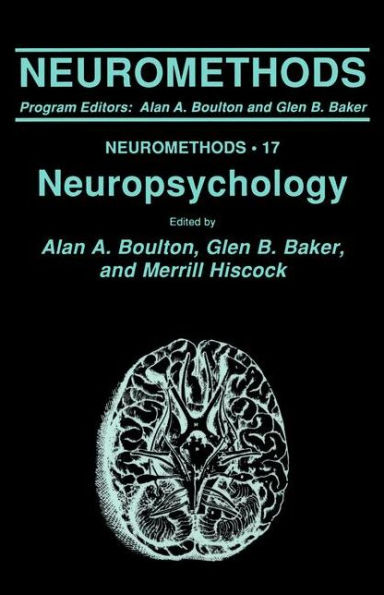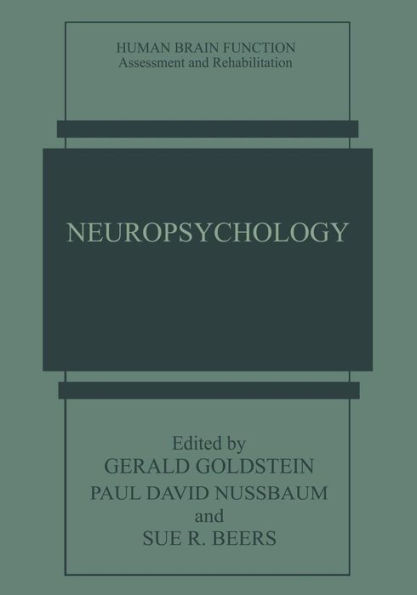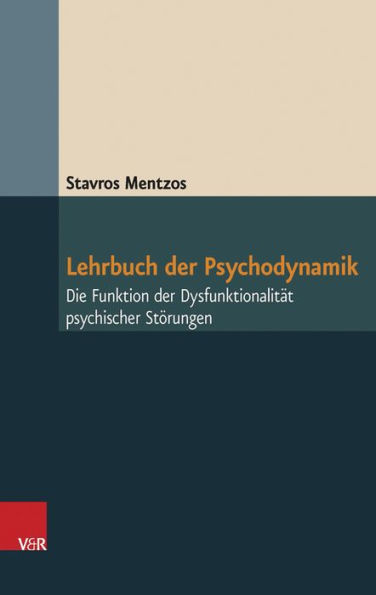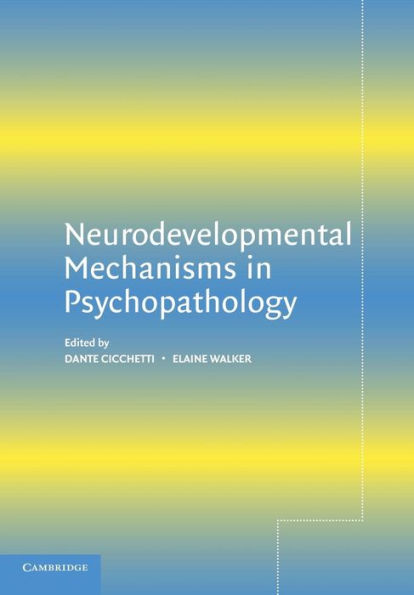Home
The Psychology of Functional Neuroses


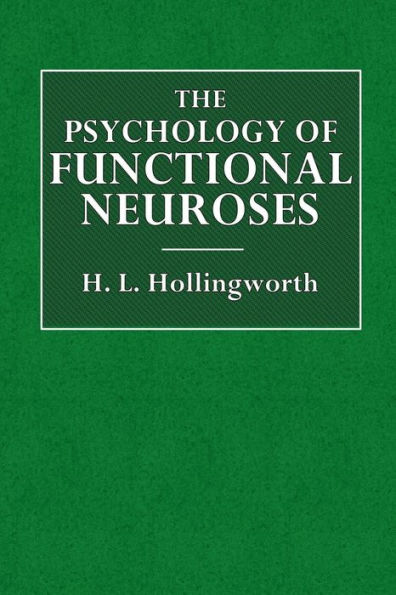
The Psychology of Functional Neuroses
Current price: $9.99
Loading Inventory...
Size: OS
In the mental ratings of psychoneurotic patients, the author's data consist of intelligence tests of nearly 1,200 patients. The mental age ranged from 8.3 years, in cases of mental deficiency, to 13.2 years in psychasthenia. The epileptic and hysteric groups had a mental age of about 12 years. The mental age of the normal soldier is not over 14 years.
The author states that "it is clear that the difference in specific symptoms is correlated with a difference in mental level," and that the lower the intelligence level, the more liable the soldier is to display the so-called conversion type of hysteria, and the higher the scale of his intelligence, the more likely he is to become neurasthenic or psychasthenic. Officers. for example. rarely show hysterical symptoms, usually having the so-called anxiety neuroses.
The author concludes that it is this predisposition toward redintegrative conduct that constitutes or characterizes what may conveniently be called the psychoneurotic constitution.
Finally he summarizes his conception of the functions of psychologic service in a neuropsychiatric hospital: "Through the intelligence examination to throw light on the clinical condition, the complete diagnosis, the proper disciplinary measures, the military or civil serviceability, and the most effective and expeditious disposition of patients. Through the further analysis of such data to make at least a suggestive contribution to the' study of the factors operative in the production of the psychoneuroses. Through the inventory of the patient's special aptitudes and educational equipment, to place him effectively for maximal therapeutic occupation. In a similar way to afford him aid in vocational adjustment and in the development of purposiveness and aim, in the effort to make of him a more balanced and a better adjusted personality. Through graphic records of the increments of functional capacity under physio- and mechano-therapy, to portray for his own encouragement and for the information of the physician the course of progress. Through intensive individual reeducation to direct and stimulate the patient in his recovery from specific symptoms and disabilities, thereby improving his general morale and his attitude toward the hospital and the service. Finally, through special experimental technique, to demonstrate the degree of rehabilitation and the approach to complete recovery in particular cases, in exact and comparable terms."....
–A.M.A. Archives of Neurology and Psychiatry
